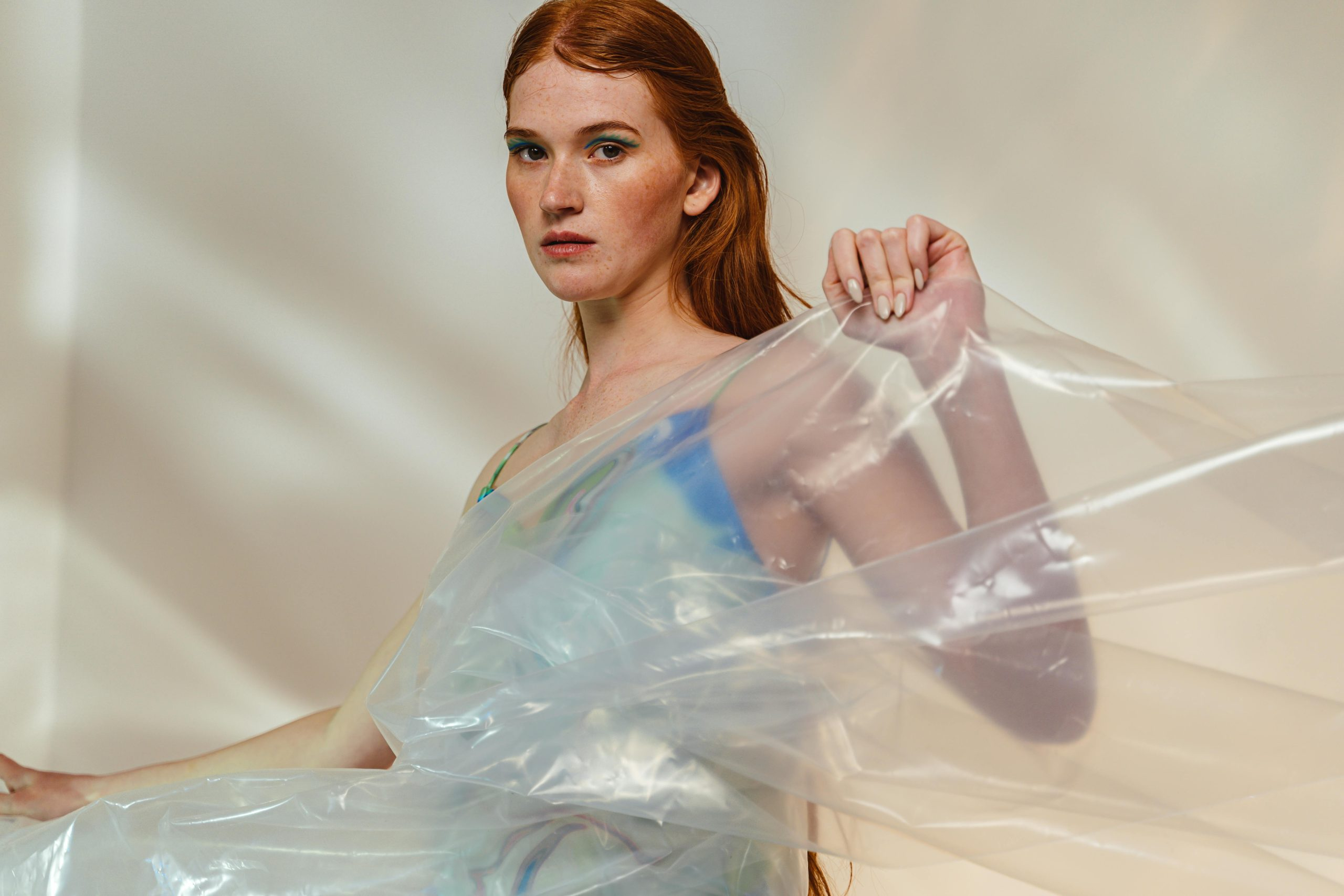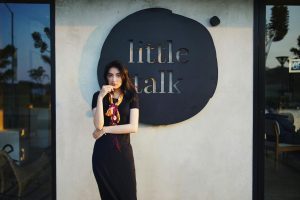AI-driven trend forecasting for faster design cycles
The fashion industry is constantly evolving, and with the rise of technology, it has become even more dynamic. One of the emerging technologies that have been making a significant impact on the fashion industry is Artificial Intelligence (AI). With AI, fashion designers and retailers can analyze large datasets and predict future trends, assisting them in creating faster design cycles. This AI-driven trend forecasting is allowing the industry to revolutionize the way it approaches design and production, leading to more efficiency and better results. In this article, we will dive deeper into how AI is driving trend forecasting for faster design cycles in the fashion industry.
The Need for Faster Design Cycles
The fashion industry is highly competitive, and every brand wants to stay ahead of the game by being the first to introduce new trends. This leads to the pressure of creating new collections and designs quickly to keep up with the ever-changing consumer demands. However, the traditional design cycle in the fashion industry is a lengthy process that involves trend research, design conceptualization, production, and distribution, which can take months. This delay in the design cycle can lead to missed opportunities and reduced profits.
The Role of AI in Trend Forecasting
In recent years, AI has been transforming various industries, and the fashion industry is no exception. By analyzing vast amounts of data, AI-powered tools can identify patterns and predict future trends. This is a game-changer for the fashion industry, as designers and retailers can now have a more accurate understanding of what consumers want, allowing them to create collections that resonate with their target audience.
AI-driven trend forecasting involves gathering data from various sources, such as social media, retail sales, and online searches, and analyzing it using machine learning algorithms and predictive models. This data can provide insights into consumer preferences, popular colors, silhouettes, and other trends that can influence the design process.
The Advantages of AI-driven Trend Forecasting
With the use of AI, fashion brands can now create faster design cycles that are in line with current and future trends. Here are some of the advantages of AI-driven trend forecasting in the fashion industry:
1. Accurate Trend Predictions
AI algorithms can analyze data from multiple sources, making trend predictions more accurate. This ensures that designers and retailers create collections that are in tune with what consumers want, reducing the risk of producing items that won’t sell.
2. Quick Analysis of Big Data
The fashion industry generates a vast amount of data every day, making it challenging to analyze manually. With AI, designers and retailers can analyze this data quickly and efficiently, speeding up the trend forecasting process.
3. Cost and Time Savings
With faster and more accurate trend predictions, fashion brands can save both time and costs in their design cycles. This is because they can produce designs that are more likely to be successful in the market, reducing the need for costly design changes and rejections.
The Future of AI-driven Trend Forecasting
As AI technology continues to evolve, we can expect to see even more significant advancements in trend forecasting for the fashion industry. Some of the future possibilities include:
1. Personalized Fashion
With AI’s ability to analyze individual consumer data, we can expect to see more personalized fashion in the future. Brands can use AI to customize designs based on consumers’ preferences, making the shopping experience more personal.
2. Sustainability
AI-driven trend forecasting can help reduce waste in the fashion industry by predicting which trends will be popular and avoiding producing excess inventory that may end up unsold.
Conclusion
The introduction of AI in trend forecasting has greatly impacted the fashion industry, enabling designers and retailers to create faster design cycles that align with consumer preferences. This technology not only improves efficiency and accuracy but also has the potential to drive sustainability and personalization in the fashion industry. As AI continues to evolve, we can expect to see even more significant advancements that will change the face of fashion as we know it.








